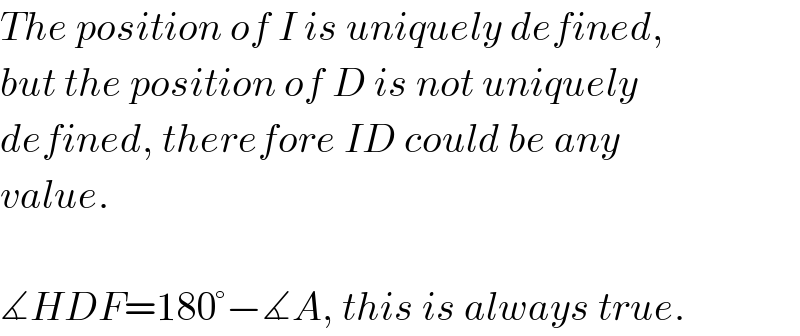
Question and Answers Forum
Question Number 13067 by b.e.h.i.8.3.4.1.7@gmail.com last updated on 13/May/17

Commented by b.e.h.i.8.3.4.1.7@gmail.com last updated on 13/May/17

Commented by mrW1 last updated on 13/May/17

Commented by b.e.h.i.8.3.4.1.7@gmail.com last updated on 13/May/17

Commented by b.e.h.i.8.3.4.1.7@gmail.com last updated on 13/May/17

